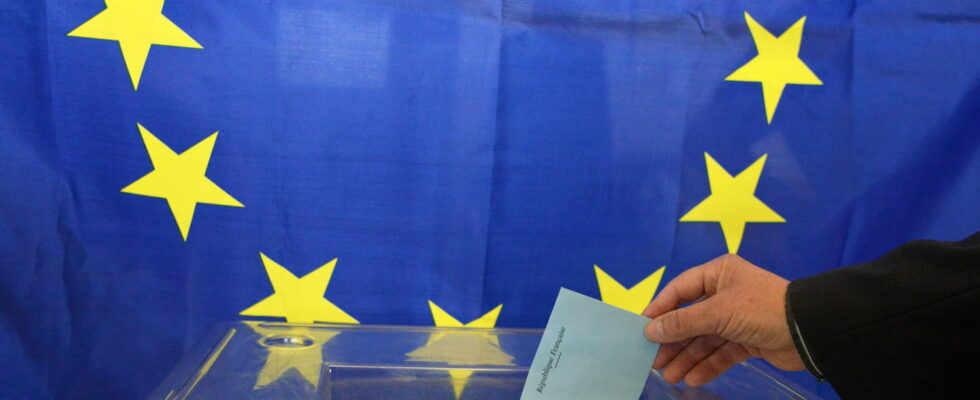It’s time to elect new MEPs during these 2024 European elections. Abstention rate, blank vote, invalid vote, votes cast… Linternaute.com gives you all the keys to understanding the vote.
The European elections are an opportunity for elected MEPs to sit in the European Parliament for a period of five years. This year, as with every continental election, a few very specific terms need to be known to identify and understand all the issues at stake in such an event. Whether through partisan demobilization, disinterest, ignorance or distrust, one thing is certain: the ballot boxes will not be full in France this Sunday June 9 for the 2024 European elections. If the stakes in the ballot are high, abstention could reach between 46 and 51% according to the results of the latest polls published until Friday June 7, before the start of the reservation period. Abstention, participationblank vote, invalid vote, cast vote… Discover all the vocabulary you need to know for these 2024 European elections and the key figures of the continental election.
L’abstention should not be confused with blank or invalid votes. The abstention rate represents the proportion of citizens registered on the electoral lists who did not go to the polling stations (and who did not provide a proxy). If, during an election, the abstention rate is 50%, this means that 5 out of 10 voters did not take care to vote. Who are the abstainers? Absent citizens who have not had time to make a proxy, people who are disinterested in politics or who refuse to support the political system, undecided people who, because they do not know who to vote for, do not travel.
As a reminder, during the previous European elections, in 2019, there were 23,614,588, or 49.88% of registered voters, not to take part in the vote.
The abstention figure is the strict opposite of that of participation. If 3 out of 10 voters deserted the polls, this means that 7 out of 10 took part in the vote. Participation therefore amounts in this case to 70% and represents the ratio of the number of voters to the total number of registered voters. Historically, participation is quite low in the European elections. In 2019, the number of voters who slipped a ballot into the ballot box rose to 50.12%, the highest participation rate in 20 years!
The blank vote consists of going to the voting booth and not slipping any ballot into the envelope. The voter who votes blank places his empty envelope in the ballot box and signs the register, but his vote is not counted in the results. He went to his polling station and therefore does not add to the abstention figures, but his civic action counts for nothing. The blank vote has also been distinguished since the 2014 European elections from invalid vote since now the blank vote is counted.
Today, many public figures are taking a position in favor of recognizing the blank vote in elections. This was for example the case of half of the candidates (6/12) who competed in the 2022 presidential election, including Jean-Luc Mélenchon. In 2019, during the last European elections, 555 033 blank votes were counted, which represents 2.34% of voters.
This corresponds to a vote tainted by an irregularity: two ballots slipped into the envelope, a crossed out or torn ballot, a ballot in the name of a candidate who does not appear… The invalid vote does not enter no longer in the calculation of results, unlike the blank vote. According to electoral law, this is not a “cast vote”. For the 2019 European elections, 2.19% of voters cast an invalid vote, or 520,533 people according to figures from the ministry.
The vote expressed corresponds to a vote which can be duly recorded because it is not blank and not void. It is often replaced in comments by the word “voice”. The number of votes cast (or the number of votes) is what determines the outcome of an election. For the 2019 European elections, the number of votes cast was 22,655,174, or 47.85% of registered voters.
THE number of registered represents the total number of voters registered on the electoral lists. For the 2019 European elections, 47.35 million people were registered on the electoral lists. In 2024, there will be more registered voters: 49.5 million.
